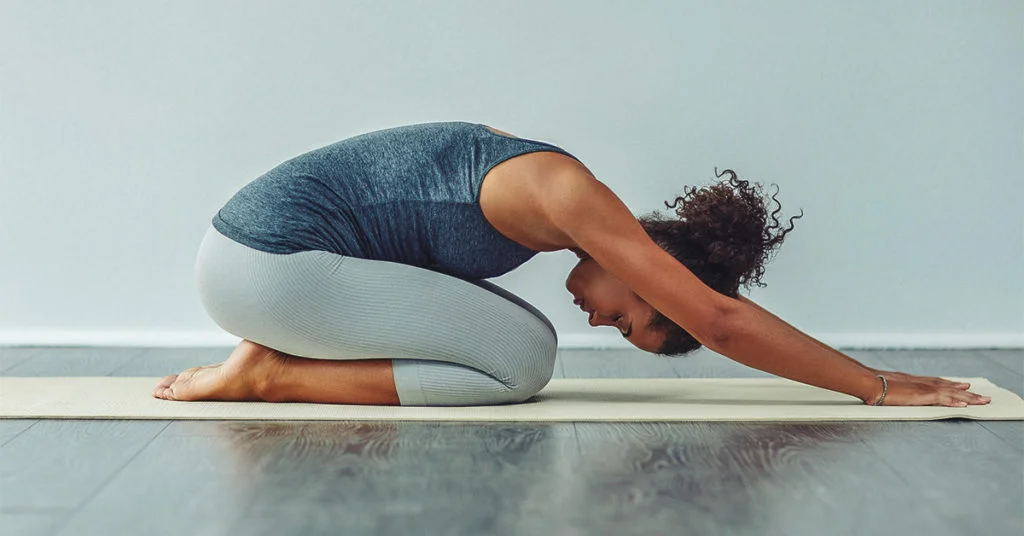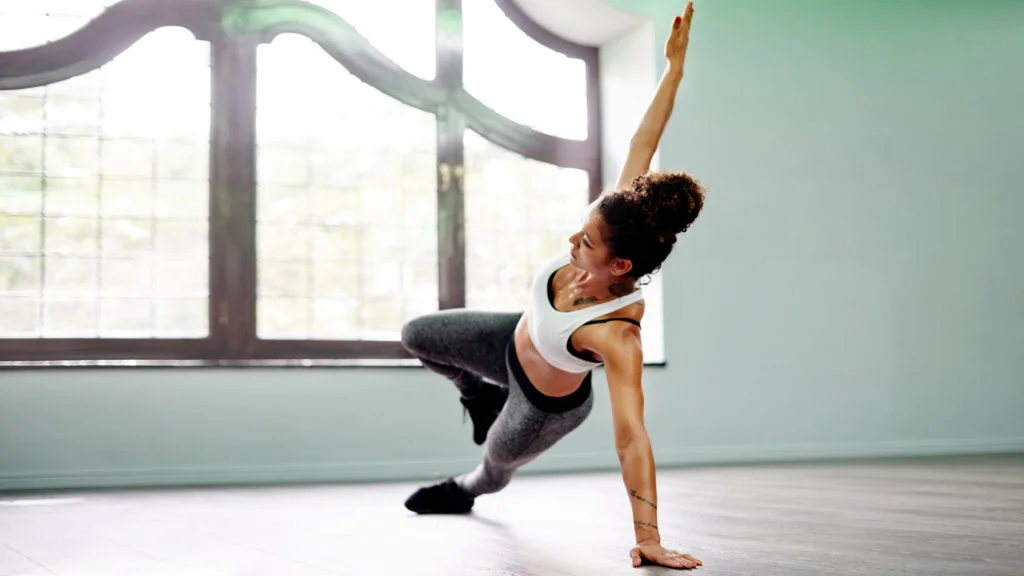Stretching Exercises: What’s Good & What’s Not

Are you aware of the benefits of stretching exercises? Do you stretch very often? Do you stretch at all? If your answers were a solid ‘yes’ or ‘no’, then this article is just for you. We’ll start by clearing up a few things.
What is Stretching?
Stretching, as it relates to physical health and fitness, is the process of placing particular parts of the body in a position that will lengthen, or elongate, the muscles and associated soft tissues. A regular stretching program will result in a number of changes within the body, surrounding tissues and specifically within the muscles themselves.

Do You Need to Stretch at All?
The American College of Sports Medicine (ACSM) says yes. ACSM recommends stretching each of the major muscle groups at least twice a week for 60 seconds per exercise. Staying flexible as you age is a good idea – It helps you move better. Especially if you have a job that requires you to maintain a particular position for the whole day.
However, it’s also possible to over-stretch, with the resulting risk of muscle, tendon or ligament damage. Also, too much flexibility – hypermobility – can be detrimental in itself. The muscles, ligaments or tendons that normally stabilize and control joints can become lax, which makes them unable to provide the support the joints need.
Although there are different ways to perform a stretch, they can all be grouped into one of two categories: Static or Dynamic.

Static Stretches refer to stretches that are performed without movement. In other words, the individual gets into the stretch position and holds the stretch for a specific amount of time.

Dynamic Stretches refer to stretches that are performed with movement. In other words, the individual uses a swinging or bouncing movement to extend their range of motion and flexibility.
Which muscles should you stretch?
As a general rule; if it doesn’t feel tight and it’s not causing you any problems, you don’t need to stretch it. There are a few exceptions to this (such as athletes that require increased flexibility for their chosen sport), but for most people, this is a wise rule to follow.
So if you perform a stretch and you don’t feel any tension in the target muscle group, this would indicate that you’re not tight in that area. Aim to create a balance of flexibility between the bilaterals of your body.
When should you Stretch?
Stretch periodically throughout the entire day. It is a great way to stay loose and to help ease the stress of everyday life. One of the most productive ways to utilize time is to stretch while watching television. Start with five minutes of marching or jogging on the spot then take a seat on the floor in front of the television and start stretching.
Should you be stretching before exercises?
The short answer is yes, but with most things, the devil is in the details. Doing a very specific type of stretching, in a specific way, IMMEDIATELY before another specific activity, may have a negative effect on athletic performance. You can stretch as long as the static stretching isn’t the last thing you do before doing an activity that requires maximum strength, explosive power or speed.
Stretching Mistakes To Avoid;
- Stretching an Injury
- Stretching too hard
- Not holding the stretch long enough
- Doing the same stretch over and over
- Trying to stretch everything
- Holding your breath
If you’re new to the topic, YouTube is an excellent resource for numerous stretching exercises and routines.

Happy stretching!
Sign Up to Our Newsletter
Get notified about exclusive offers every week!














